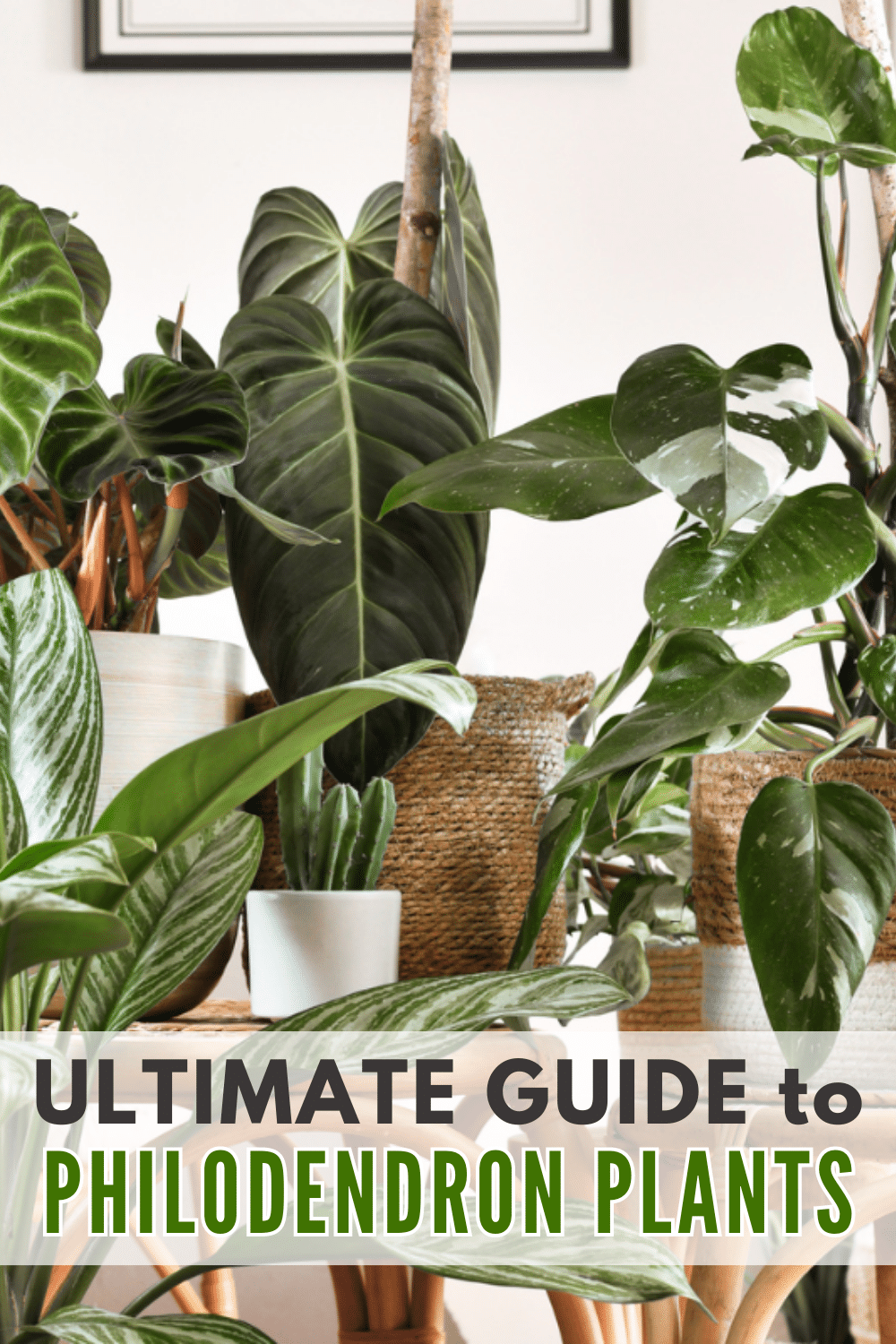At any point in your indoor gardening journey, you will most likely encounter the plant name “philodendron.” You’d be surprised that there are more than 450 types of philodendron plants out there!
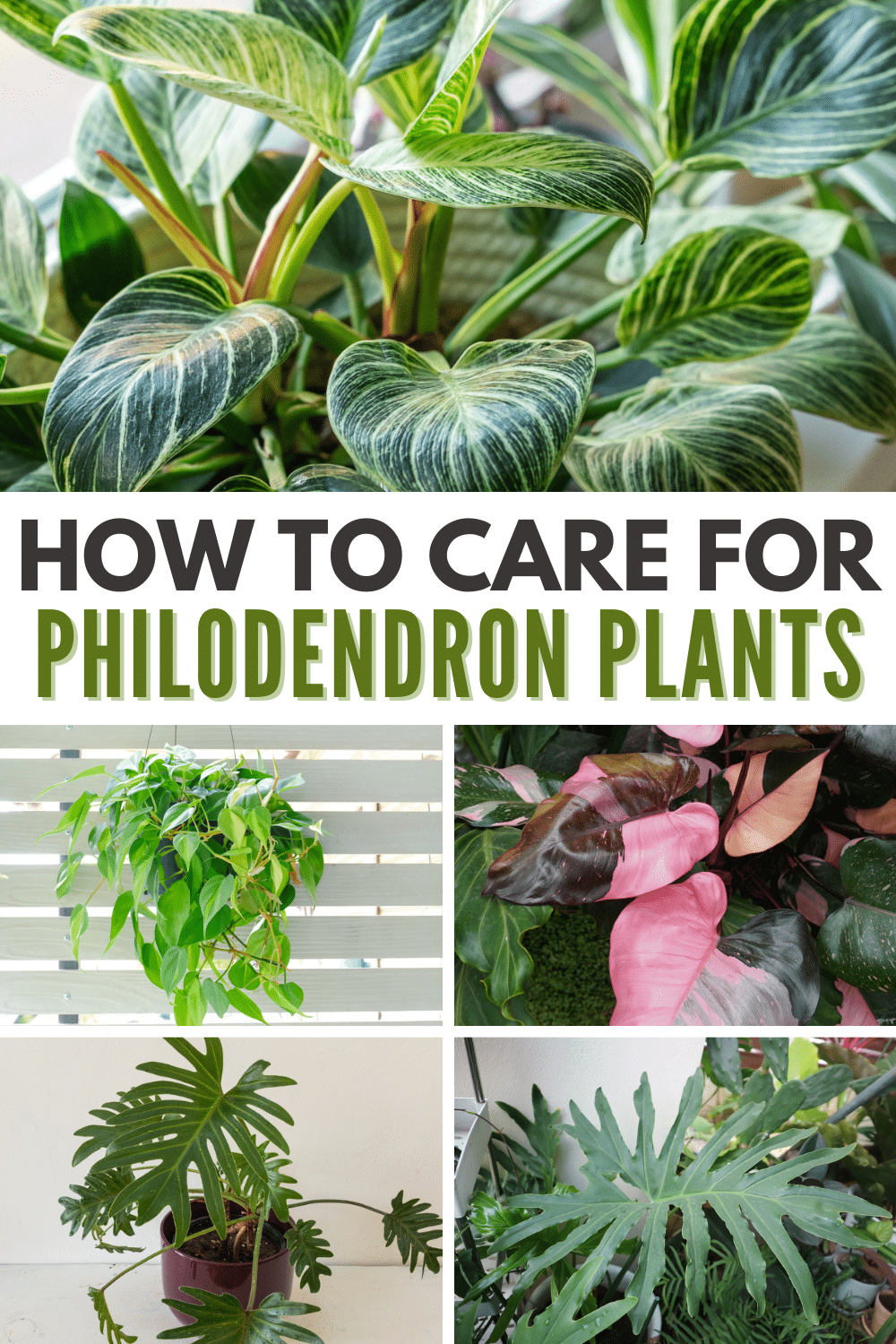
The truth is having too many options isn’t always better, especially if we’re talking about hundreds of philodendron varieties.
Keep reading to learn about the best types of philodendron plants that will thrive indoors. They will be splendid additions to your houseplant collection. Many of them are low-maintenance, too!
Jump to:
What Is Philodendron
Philodendron is one of the largest genus under the Araceae plant family, with a diverse native habitat spanning from the West Indies to Central and South America regions.
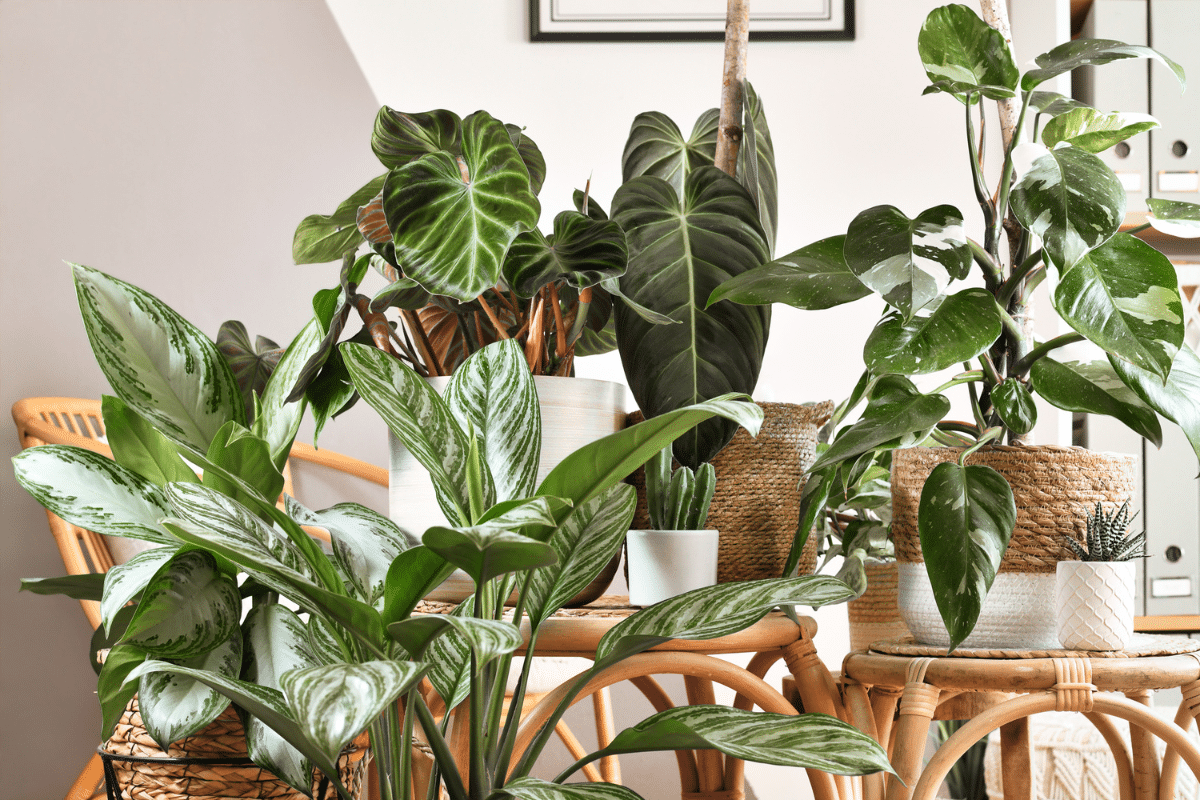
These plants naturally grow in tropical rainforests. So they generally love to be in humid environments and tend to thrive in rich, moist soil.
The growth habits of different philodendron types are also diverse, ranging from epiphyte, hemiepiphyte, and terrestrial.
That means some of them naturally grow from the surface of a tree plant, although they’re not parasitic. Fun fact, its botanical name is derived from the Greek words “Philo” and “dendron,” meaning “love” and “tree,” respectively.
The majority of the philodendron species that do well as indoor plants are divided into two major types:
- Vining philodendrons are climbing, creeping, and trailing plants that will need some structural support
- Non-vining philodendron plants grow in an upright direction, so they do well in conventional pots and containers
Other characteristics make hundreds of philodendron species unique, including leaf shape, color of foliage, and size once the plant matures. These are some of the things you need to consider when choosing a philodendron houseplant.
Types of Philodendrons For a Majestic Houseplant Collection
Pink Princess (Philodendron Erubescens)
You’ll be immediately drawn to the lovely colors of this Philodendron erubescens cultivar, which is a mix of lush green and bright pink. No wonder it’s also called the blushing philodendron.
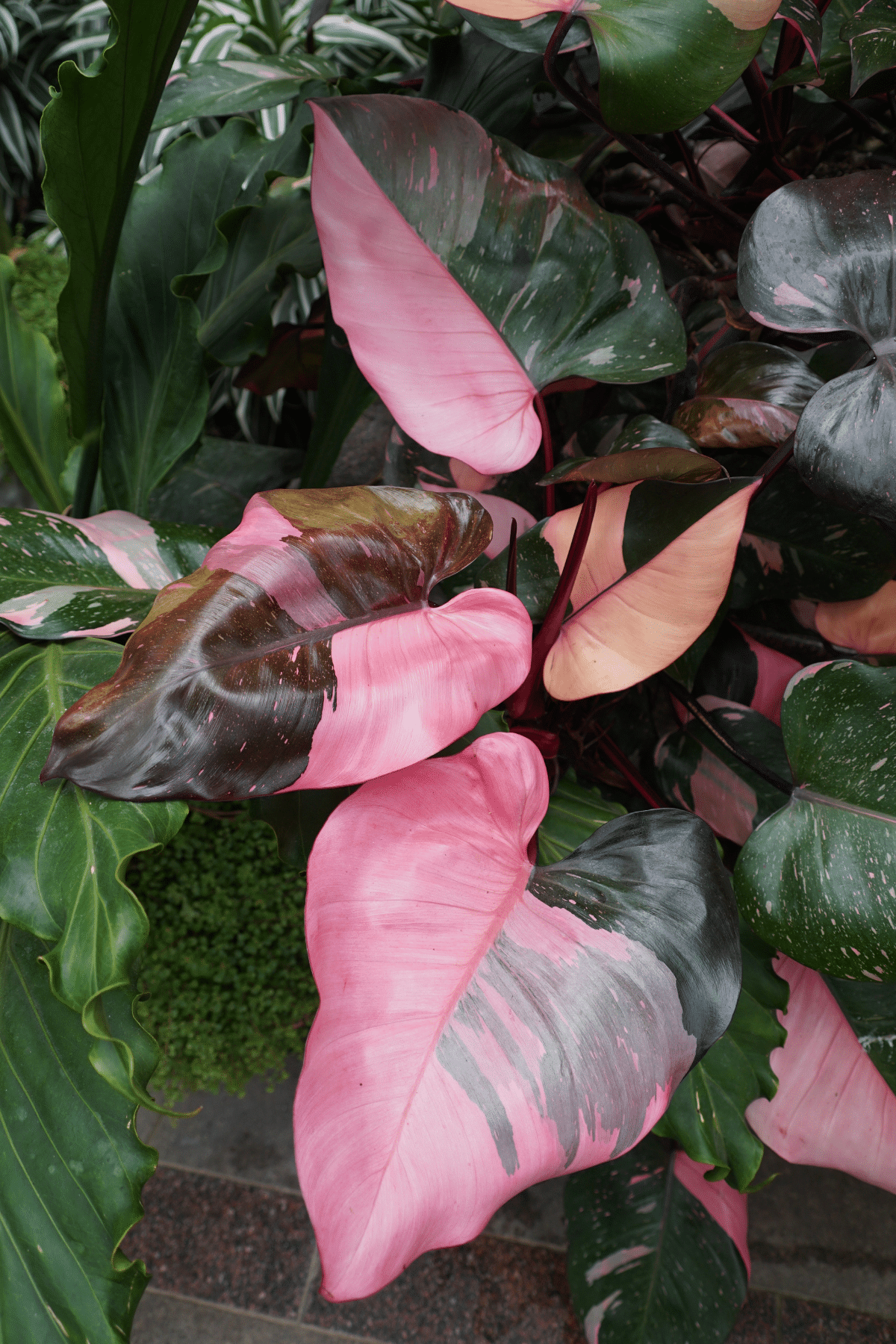
The philodendron pink princess features medium-to-large heart-shaped leaves, making it a lovely plant decoration. But it will need bright, indirect light to produce vibrant foliage.
This vining philodendron stretches to as much as 2 to 4 feet at maturity. It’s also a low-maintenance perennial, so it’s definitely something even beginners can manage.
Philodendron Gloriosum
Philodendron gloriosum can be a grand addition to your houseplant collection. Its leaves can expand to 3 feet in diameter when it matures.
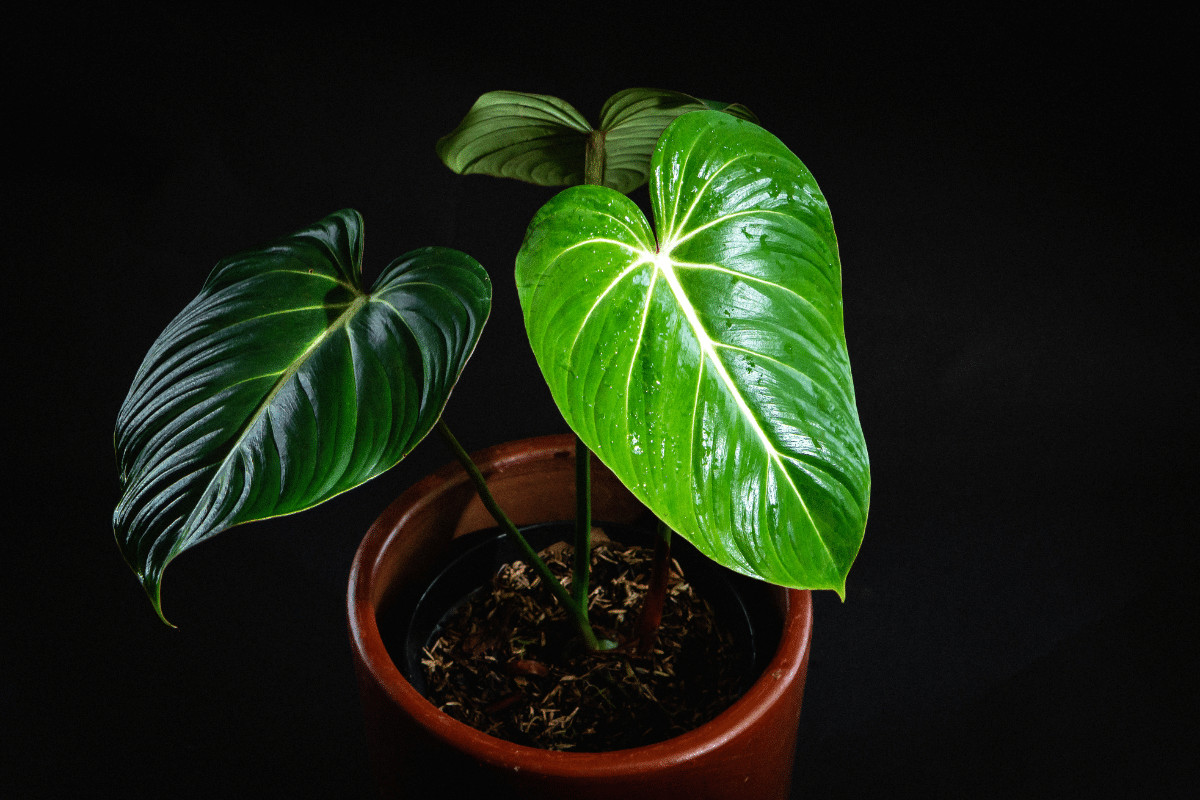
It will only grow as tall as 3 feet indoors, so you won’t need too big a space to accommodate this stately philodendron.
This creeping philodendron variant also produces velvety, dark green heart-shaped leaves with spectacular white veins and midrib. It needs partial sunlight to achieve opulent foliage.
At maturity, it can grow 3 feet tall indoors. There’s no specific container required for this vining philodendron, although it does well in wider containers like rectangular planters.
Philodendron Birkin
You’ll be captivated by its glossy, heart-shaped leaves with a deep green hue and white or pale yellow pinstripes that spread from the center to the edge of each leaf.
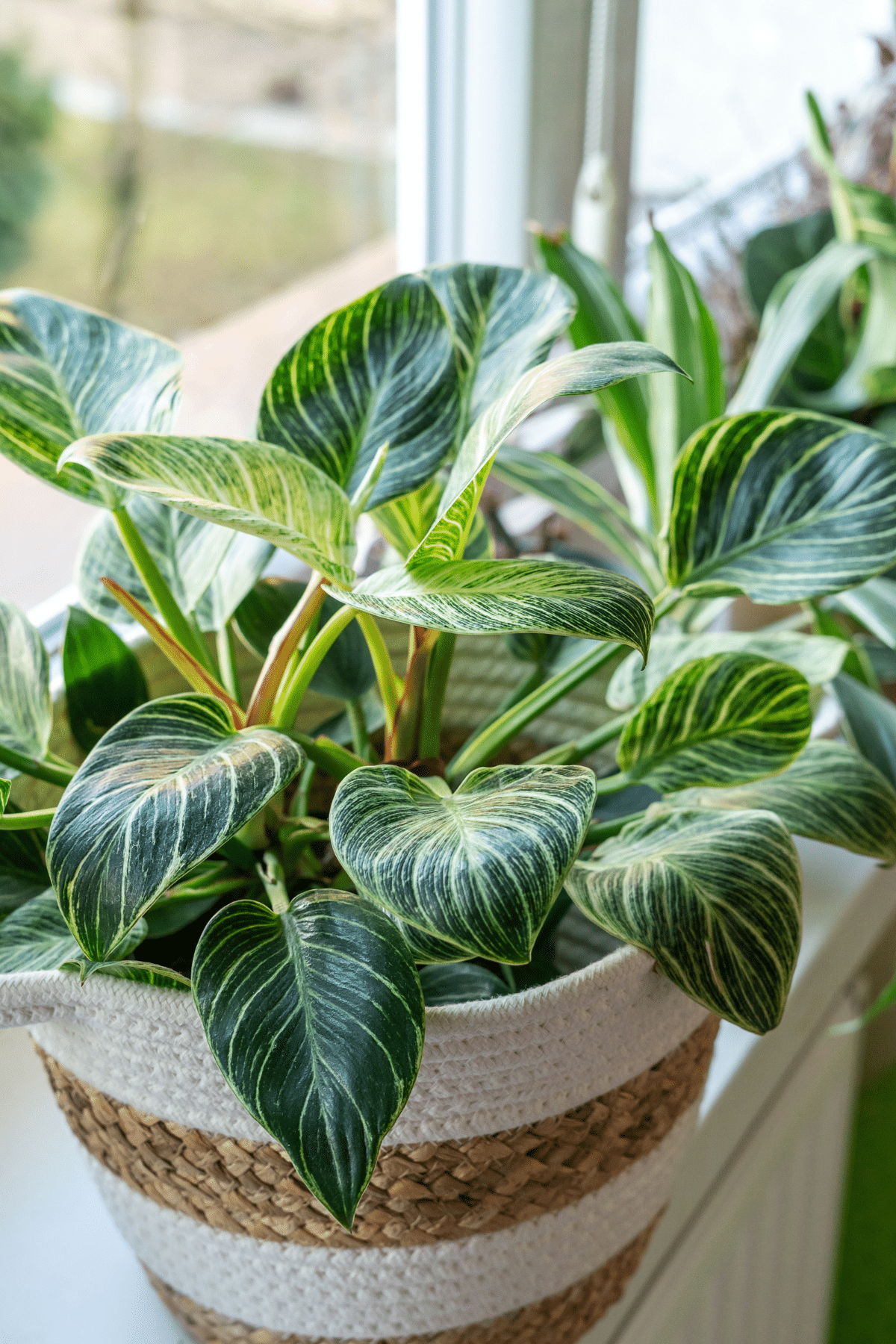
It can also grow up to 3 feet in height indoors but prefers bright, indirect light to maintain variegation.
Even though it’s a climbing philodendron, it produces a somewhat sturdy stem. It’s capable of staying upright even without structural support.
Heartleaf Philodendron (Philodendron Hederaceum)
Many types of philodendrons are easy to grow indoors, but the heartleaf philodendron is a particularly low-maintenance evergreen.
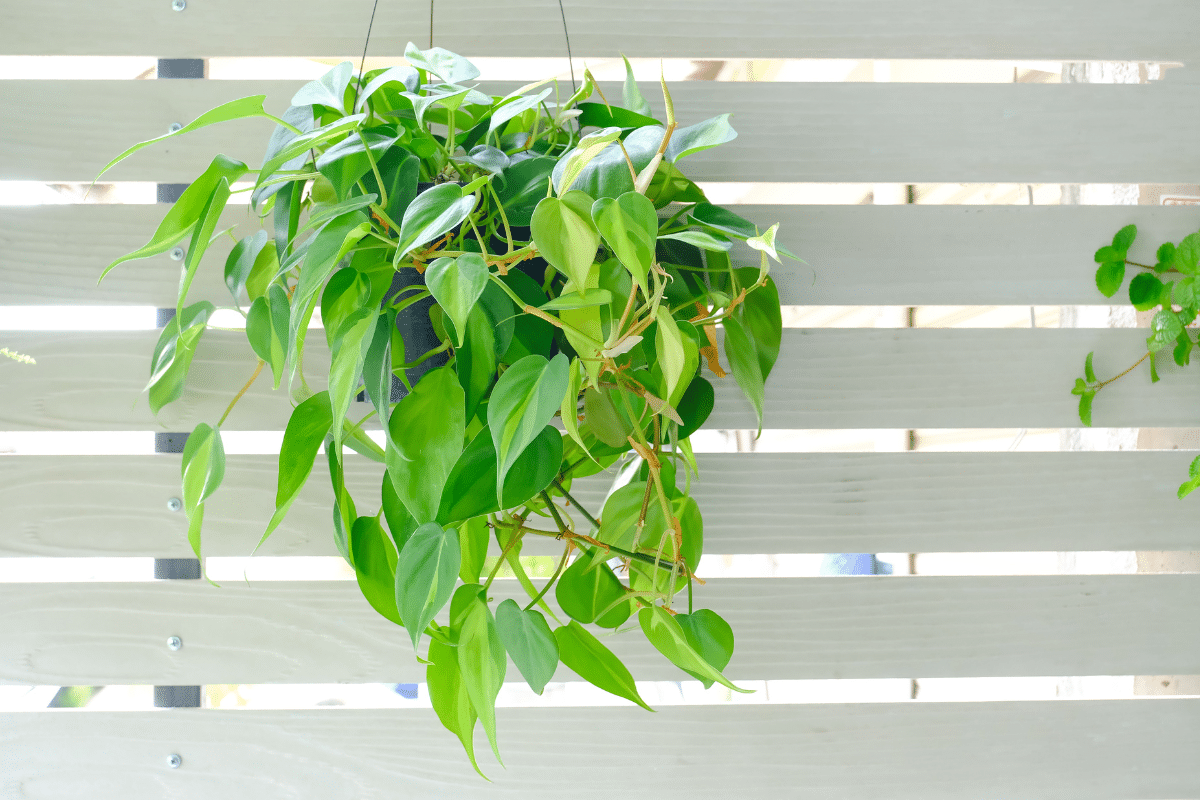
It’s popular for its smaller heart-shaped leaves with a brighter, light green hue. Each leaf’s average size is just 2 to 4 inches, so it’s also commonly known as the sweetheart philodendron plant.
Heart leaf philodendron also loves medium indirect light but tolerates low light conditions. You’ll need to pay more attention to the humidity level in the room where you place it.
It’s one of the vining philodendrons that looks best in hanging baskets because it can grow 4 to 6 feet long.
A peat-based potting mix is one of the best options for heartleaf philodendron soil. For best results, keep the soil pH acidic to neutral. Make sure it’s well-draining and can retain enough moisture.
Lacy Tree Philodendron (Philodendron bipinnatifidum)
Its foliage consists of large, pinnate-shaped leaves. There are multiple lobes in each leaf with deep slits in between.
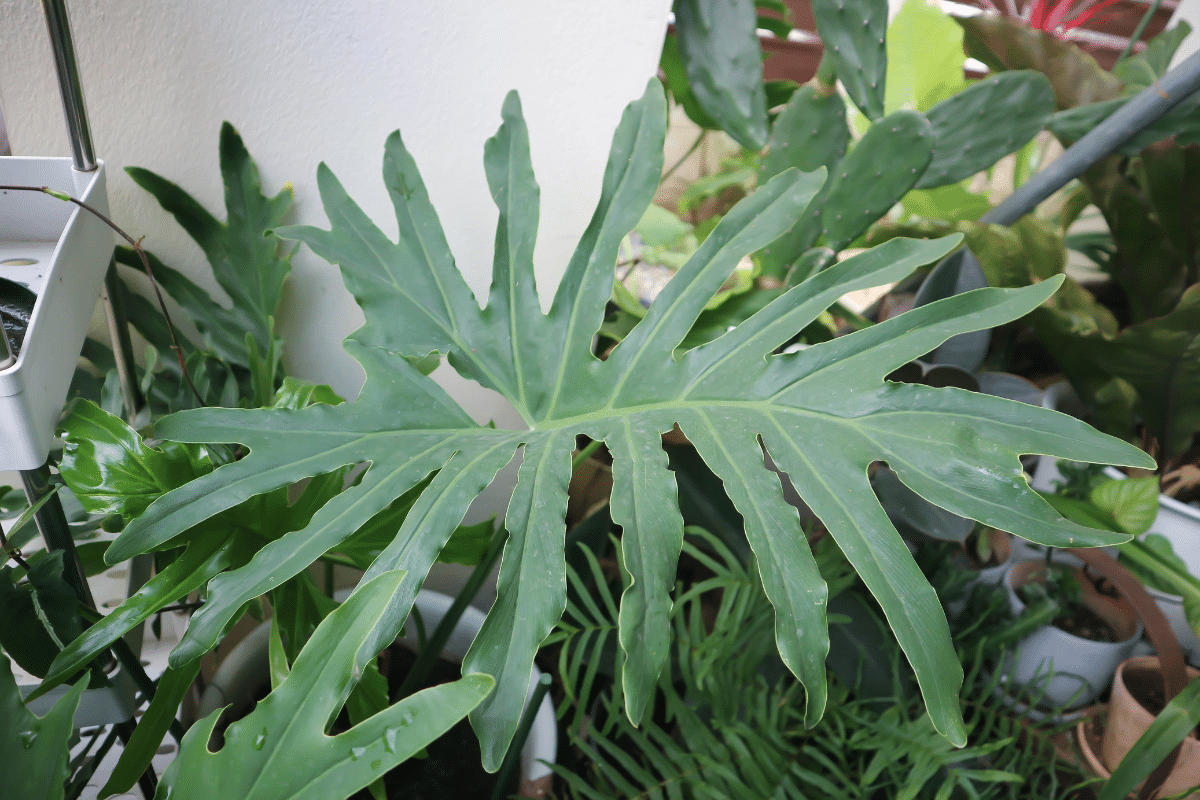
As you can also tell by its name, the tree philodendron can grow into a stately indoor tree, reaching up to 10 feet height and up to 6 feet wide upon maturity.
While it has no variegation, its glossy, dark green broadleaf can be just as vibrant and enchanting. It’s centerpiece-worthy for any home and will add an exotic feel to any houseplant collection.
If the tree philodendron is a bit too big for your home, you can look into the philodendron xanadu. It has no vine and also features large, multi-lobed leaves. It only grows 4 to 5 feet in height and width indoors.
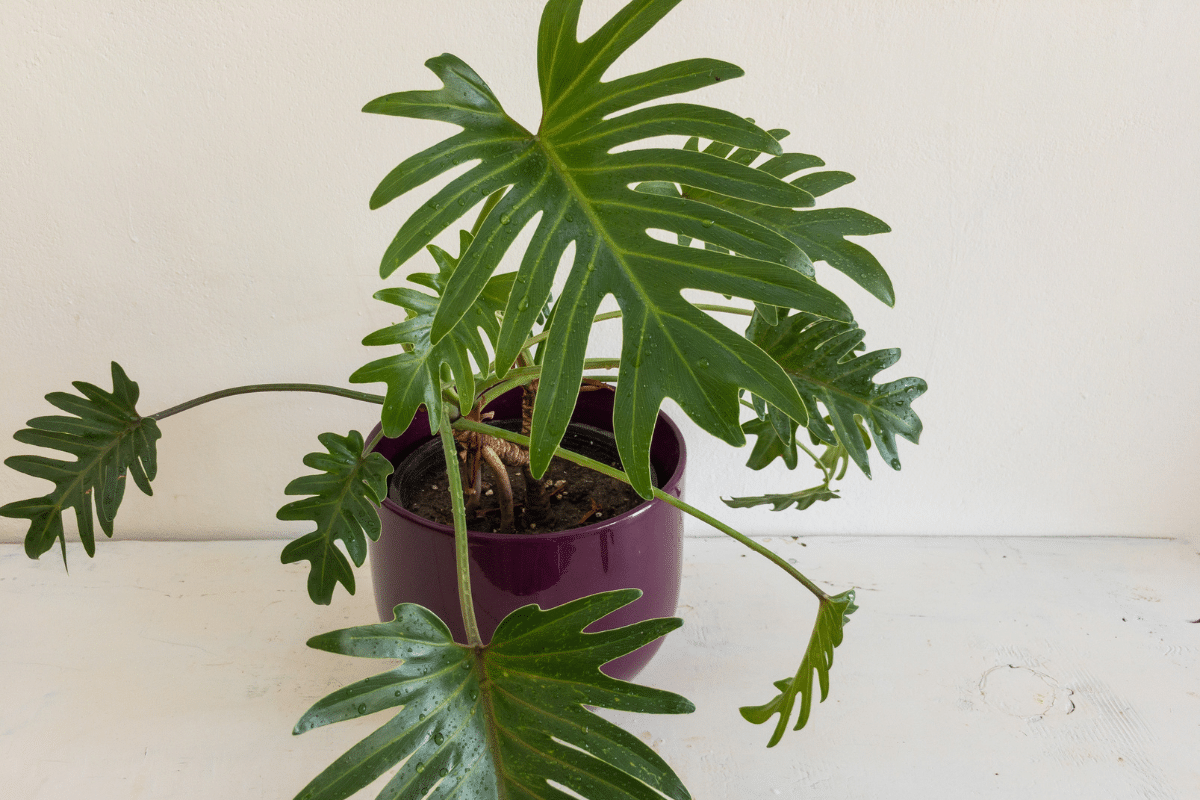
It’s generally easy to care for and grow indoors, although some of its requirements differ from most philodendron types.
You can let it grow in rich, moist soil with good drainage, but keep the soil pH neutral to alkaline. It loves a bright room and will thrive with filtered light, although it won’t do well in low-light areas.
The tree philodendron can benefit from a monthly feeding with a balanced houseplant fertilizer during its growing season (spring to summer), but it’s best to skip it in fall and winter.
Philodendron Silver Sword (Philodendron Hastatum)
This is one of the most unique house plants, mainly because it features a silver leaf that almost looks metallic. As the name suggests, it features elongated sword-shaped leaves.
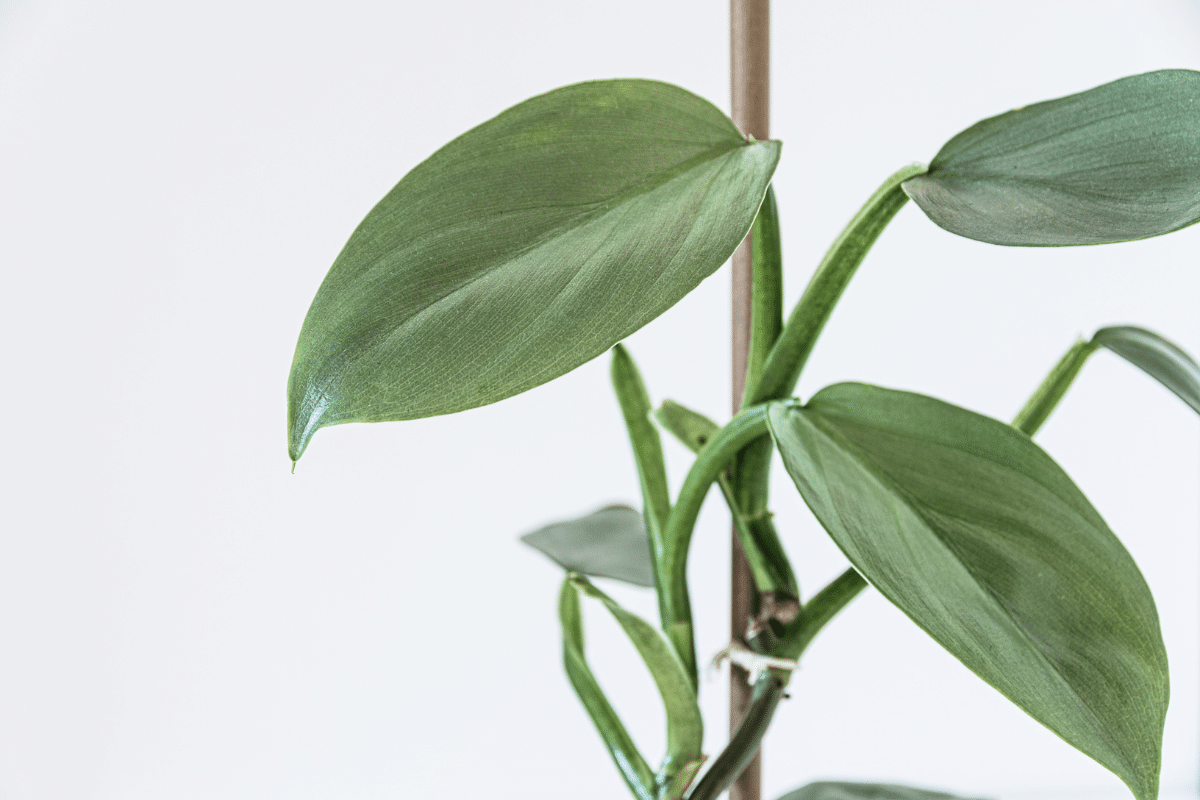
Despite its unique color, it can tolerate lower light conditions. But it will grow best with indirect to medium light.
It’s a climbing plant, so it will appreciate having a moss pole, trellis, or other structural support to climb onto.
Care Tips and Growing Conditions for Different Types of Philodendrons
Light
Philodendron species are native to tropical rainforests; many naturally grow under a tree canopy. So they do great indoors and can thrive with bright, indirect sunlight.
Types of philodendrons with variegated foliage will grow best near east-facing or south-facing windows, where they can get partial sunshine daily.
The heartleaf philodendron is a bit more flexible and can survive in lower light conditions.
Avoid exposing indoor philodendrons to direct, full sun for hours that could scorch their leaves.
Water
Most philodendron types that grow indoors prefer regular watering every 1 to 2 weeks.
However, the best way to tell if the plants are getting thirsty is to feel the top 1 to 2 inches of soil. If it’s dry to the touch, it indicates that the philodendron plant needs water.
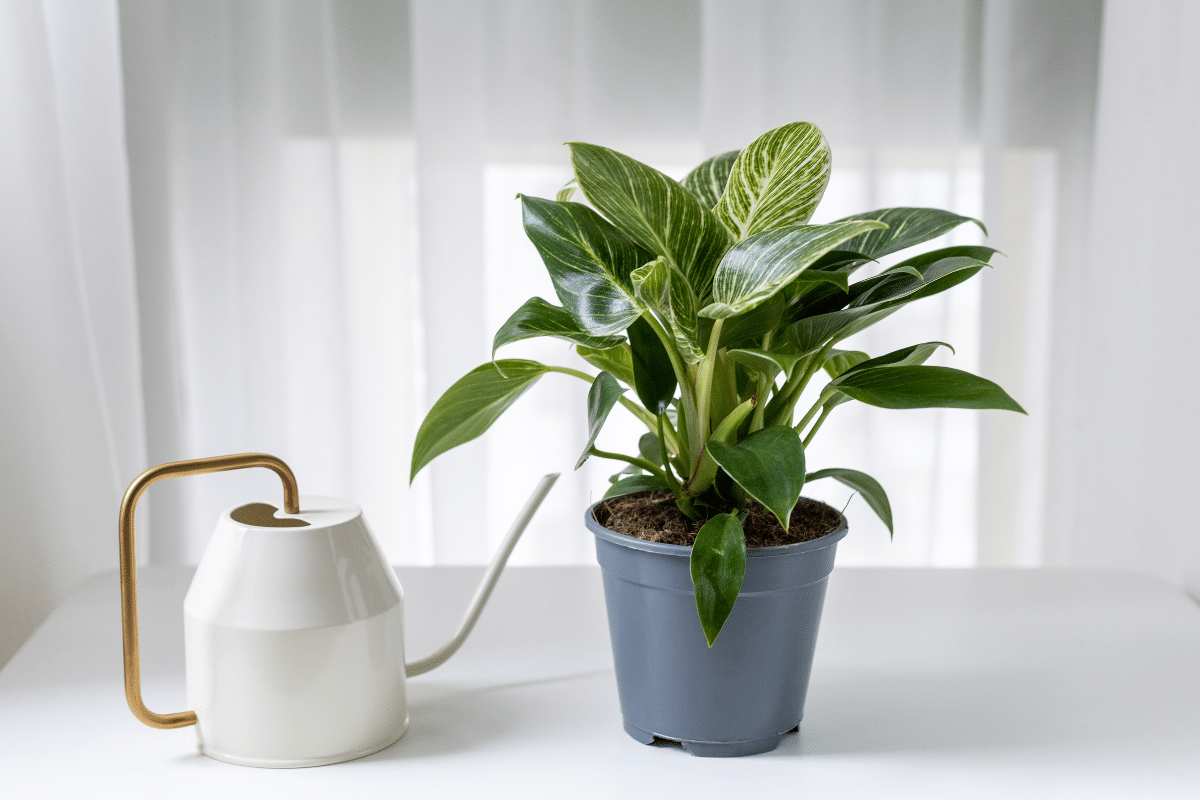
Regular watering is necessary during growing seasons, but houseplants generally need less water during winter.
Soil
One of the things you’ll appreciate about philodendron plants is that they’re not too picky regarding the type of soil you can use. Philodendrons generally like well-draining and slightly loose soil.
They prefer airy soil to prevent the roots from soaking in excess water. You can use rich potting soil mixed with orchid bark and perlite.
Make sure the soil can retain moisture well, which you can do by adding organic materials like compost, coconut coir, and peat moss.
Most types of philodendrons thrive in acidic to neutral soil.
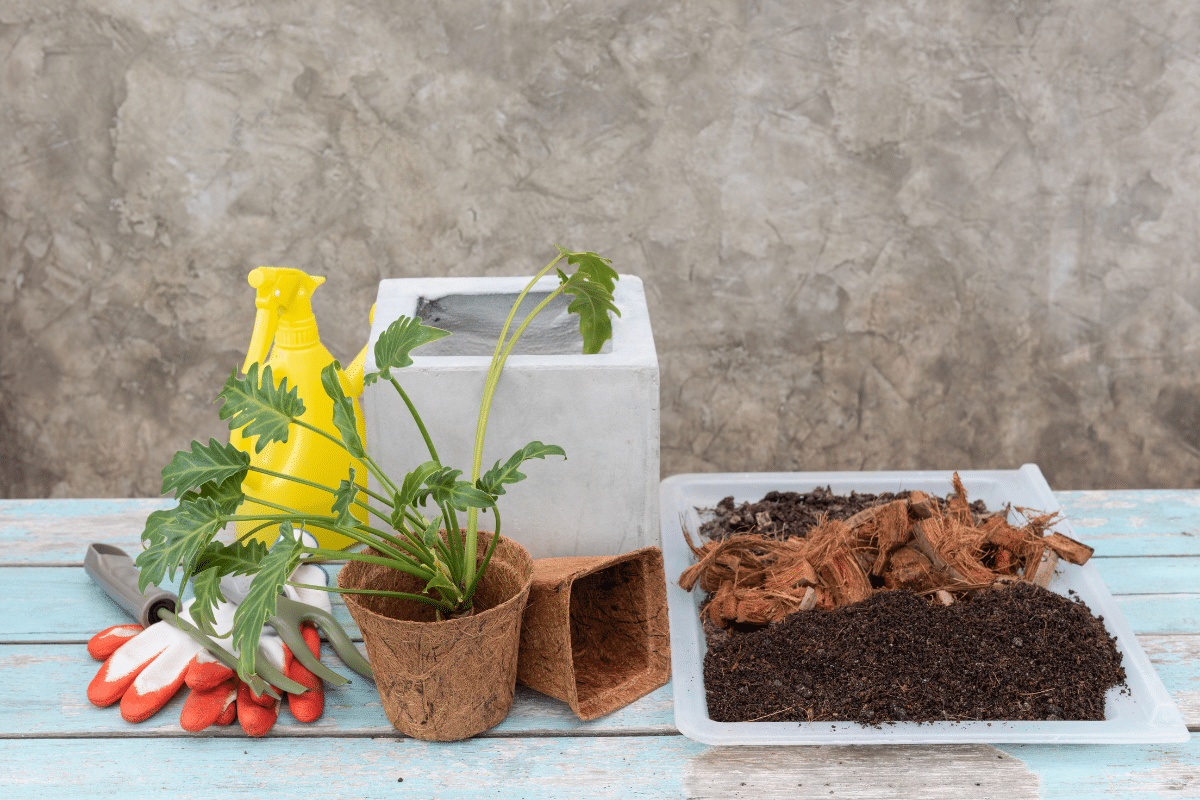
Humidity and Temperature
Being native to tropical forests, these plants love humidity. Aside from placing a humidifier near the philodendrons, you can also spritz them with water once or twice a week. Placing a water-filled pebble tray under the pot or container also helps with humidity.
These plants won’t respond well to being exposed to temperatures below 55 degrees Fahrenheit. So ensure they’re away from cold air drafts like air vents and windows in winter.
FAQs
Yes, these plants are known to be toxic to humans and animals. Philodendron species have calcium oxalate crystals, which can cause pain, swelling, and vomiting when ingested.
Many philodendron varieties are rare, and some (like the Philodendron gloriosum) are considered ultra-rare because they’re often naturally found in limited locations. Rare species are also commonly slow-growing and not easy to cultivate.
The level of rarity may change over time, though. For example, philodendron birkin has become more available now because it’s been widely cultivated following its rise in popularity.
However, the heartleaf philodendron is relatively easier to find than other types of philodendron.
Their rarity, coupled with high demand, can drive up the market price for these luxurious philodendron plants. They could cost hundreds to even thousands of dollars.
Not all philodendrons are expensive, though. You can find small heartleaf philodendrons and philodendron birkin houseplants for around $20.
You Won’t Run Out of Types of Philodendron to Consider
There’s no surprise at the continuing popularity of philodendron plants among indoor gardeners. Most of them have charming heart-shaped leaves, while others have elegant multi-lobed leaves.
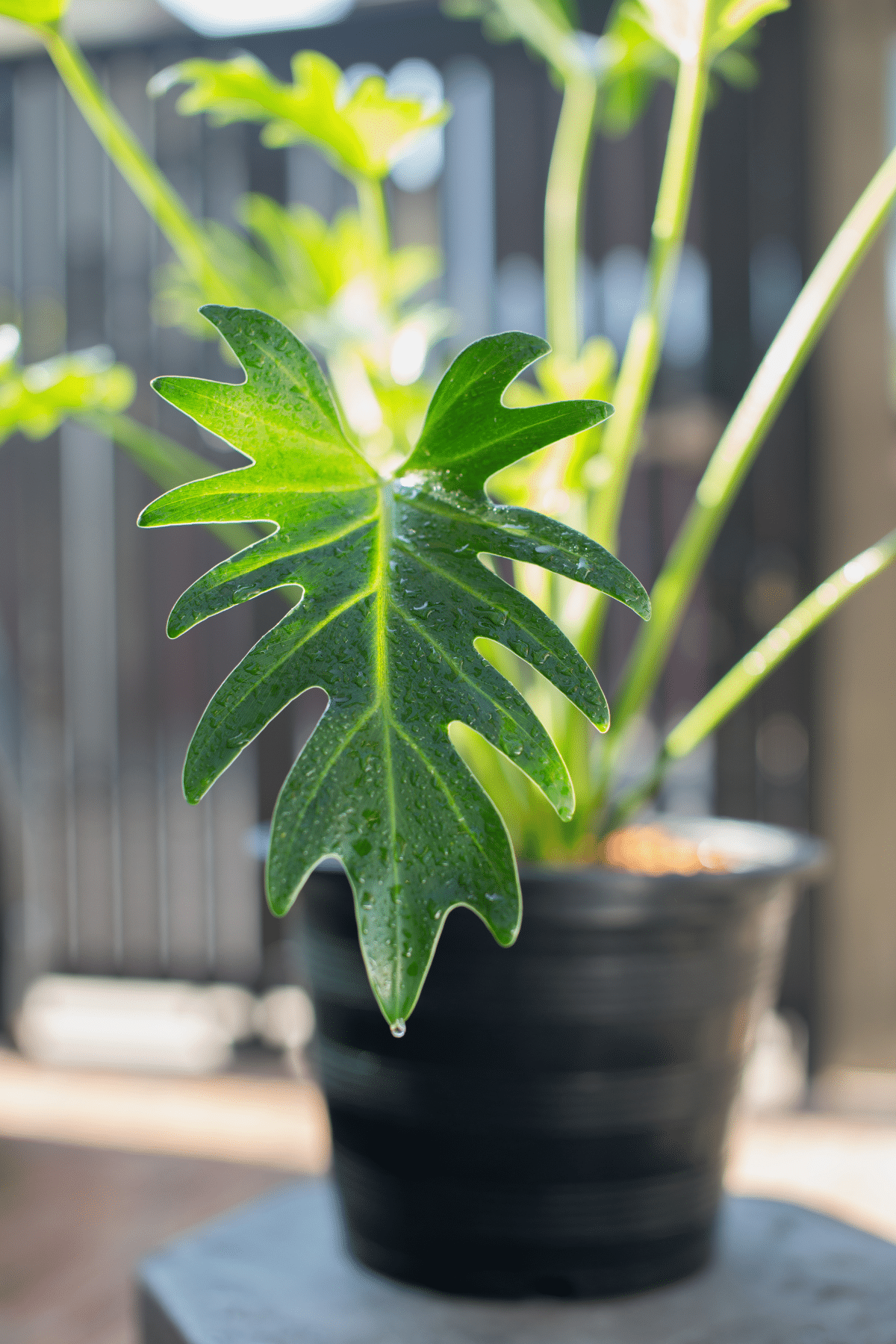
Variegated or not, philodendron foliage is vibrant and provides a tropical feel to any space.
Whether you want a stately indoor tree or smaller houseplants, there’s a type of philodendron to liven up your home. More importantly, taking care of indoor philodendron plants is not too demanding even for busy moms like us!

